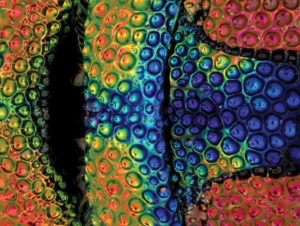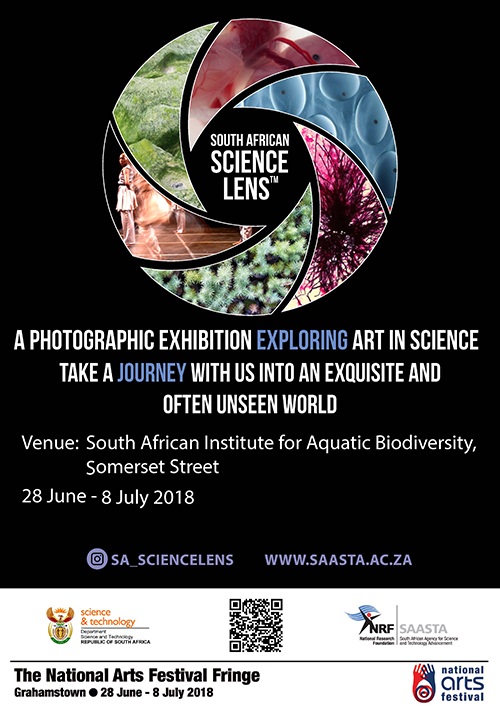
From tiny crystal structures to star-shaped nerve cells, come and delve beyond the usual and be inspired by the beauty of science. Take a journey with us as we explore art and science in this photographic exhibition of the exquisite and often unseen world of scientific endeavour.
Like artists driven by curiosity a desire to understand the world around us make life better scientists are creative people, requiring artistry within their explorations. Through their work, they are often also exposed to beauty not seen by those outside their discipline. The South African Agency for Science and Technology Advancement’s SA Science LensTM competition opens a window into art in science, sharing the beauty with all South Africans.
Be amazed and inspired by textures, shapes, patterns and colours of a world you may have never seen before; from the sky to the oceans, to the life inside a human being. Science and art come together in a unique display of visual fascination and splendour.
Through 10 rounds and over the last 15 years, the SA Science LensTM competition has collected a range of photos from various sciences. Have a look at some of them which will be on display.
A rose is a rose is a rose, but Dr Lydia-Marie Joubert’s photo “Microscopic Escher” shows you a rose in way not imagined. Made possible by tools science has developed to explore beyond the limits of our own eyes, this rose petal is magnified 600 times to reveal its hidden details and the microscopic life in its grooves.
Artistic structures exist right beneath our noses, completely invisible to the naked eye. Andre Botha’s “Small World” shows a 20 000 times magnification of silver sulphide crystals that create a striking image of nano sculptures. Your table silverware may be host to a miniature sculpture park.
Fluorescent dyes form an integral part of some fields of research as they assist scientists to observe different aspects of structures and processes. These dyes create colourful displays like we see in Dr Edward Nyatia and Dr Dirk Lang’s “Mammalian Astrocyte Cell”, showing details of a specialised cell of our central nervous system.
It might surprise you that brain tissue can look like the artistic doodling of a daydreamer. The image “The Beautiful Mind”, also by Lydia-Marie Joubert, creates an unexpected portrayal of our most powerful asset.
Join us at the National Arts Festival from 28 June to 8 July, at SAIAB – the South African Institute for Aquatic Biodiversity on Somerset Street.


